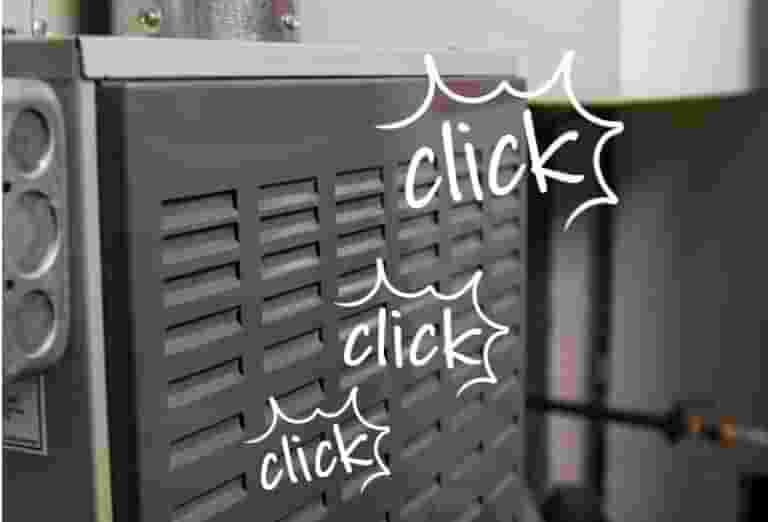The Home Comfort Practice of Mr. Handyman is led and staffed by building scientists, who are certified by the Building Performance Institute. We're building science geeks who enjoy solving home performance problems and improving the quality of life of our customers.
The Home Comfort Practice of Mr. Handyman is led and staffed by building scientists, who are certified by the Building Performance Institute. We're building science geeks who enjoy solving home performance problems and improving the quality of life of our customers.
Our process for diagnosing the under-performance of your home begins with you, the customer. You have felt the drafts. You know which rooms are too cold, too hot, or even uninhabitable. And the list goes on... We then employ a methodology that assumes all home systems must work together to provide a healthy, safe, and comfortable dwelling that does not waste heating fuel and electricity (which cost you money).
Combustion Safety Testing
We start by measuring levels of carbon monoxide (CO) that are emitted into your living space by your boiler, furnace, or water heater. We also test the efficiency of your heating appliances. We aim to protect and to improve indoor air quality (IAQ) throughout our diagnostic and upgrade processes.
Duct Integrity Testing & Insulation Review:
If you have forced-air heating or central air conditioning, your ducts should be tested (and most likely, sealed). We measure the volume of air that escapes from your ductwork and never arrives to heat or cool your living space.
Ducts lose up to 30% of conditioned air due to lose and unsealed connections. Even more of your money is lost when uninsulated ducts carry conditioned air through extremely hot or cold attics, basements, crawlspaces, or garages. As a result, you struggle to keep your living space comfortable by cranking up your thermostats. Your furnace burns more heating fuel, and the air handler consumes more electricity to move more air.
Home Comfort Practice specializes in duct testing, duct sealing, and duct insulation. We can help you eliminate this source of waste.
Blower Door Testing & Infrared Imaging:
A blower door test measures the size of holes in your home envelope and the volume of air that passes through those holes. Consider, if the air volume of your home is constant and equal to one, then random air that enters forces out air that you pay to condition. We use a large fan to blow air out of your home, so that outside air is pulled into your home. With all of this moving air, we use infrared imaging and diagnostic smoke to find leakage areas throughout your home envelope.
Blue and dark areas indicate cold spots. Images above depict random air leakage (at door, window, baseboard) and inadequate insulation (at attic floor, ceiling, wall) found during energy audits.
Assessing And Perfecting the Home Envelope
Our team of building scientists prioritizes corrective measures to maximize cost effectiveness, comfort and energy-efficiency. We focus on the home performance fundamentals: air sealing and insulation. As we progress from basic to advanced air sealing measures, we increasingly make the home envelope airtight and fortify the thermal barrier of the home.
II. Attic floor air sealing and insulation. Urethane foam spray, caulk, and other materials are used to seal penetrations in the attic floor. Holes at the attic hatch, as well as wall intersections, recessed lighting, and vents in the attic floor. Once sealed, attic insulation then is added to fortify the thermal blanket at the ceiling.
III. Basement perimeter air sealing. Cold air penetrates the basement through the sill plate and where floor joists rest upon the foundation wall. The perimeter of the sill plate is sealed with spray foam. Rim joist leakage is solved by first spraying foam into the cavity and then installing fiberglass insulation into each bay. For health reasons, we strongly advocate sealing holes around plumbing, wires, chimney chase, and miscellaneous cracks that run into your living space from the basement. Sealing these holes limits intrusion of bad air associated with heating fuel, furnace combustion, and dampness.
IIII. Sealing penetrations in the living space. Foam is sprayed into holes where plumbing enters walls and floors, and caulk is applied to window and door framing, baseboards and crown moulding. Weatherstripping windows and doors and installing thin foam sheets behind electrical outlet and switch plates further prevent infiltration of cold air.
IIV. Exterior wall insulation. Blowing high-density cellulose, which is 85% recycled newsprint, into wall cavities achieves both air sealing and insulation objectives. The densely packed material resists the passage of air and conduction that fluffy fiberglass insulation permits. Insertion involves lifting exterior siding, drilling small holes, inserting a tube, blowing materials into walls, plugging holes, and replacing siding. Interior insertion is similar, but holes in walls and ceilings are filled with compound, painted, and restored. Strategic placement of cellulose at exterior walls, where floor joists rest upon wall plates, blocks the leakage that degrades wall insulation and makes floors and ceilings cold.
 Click to call
Click to call
 Click to call
Click to call

